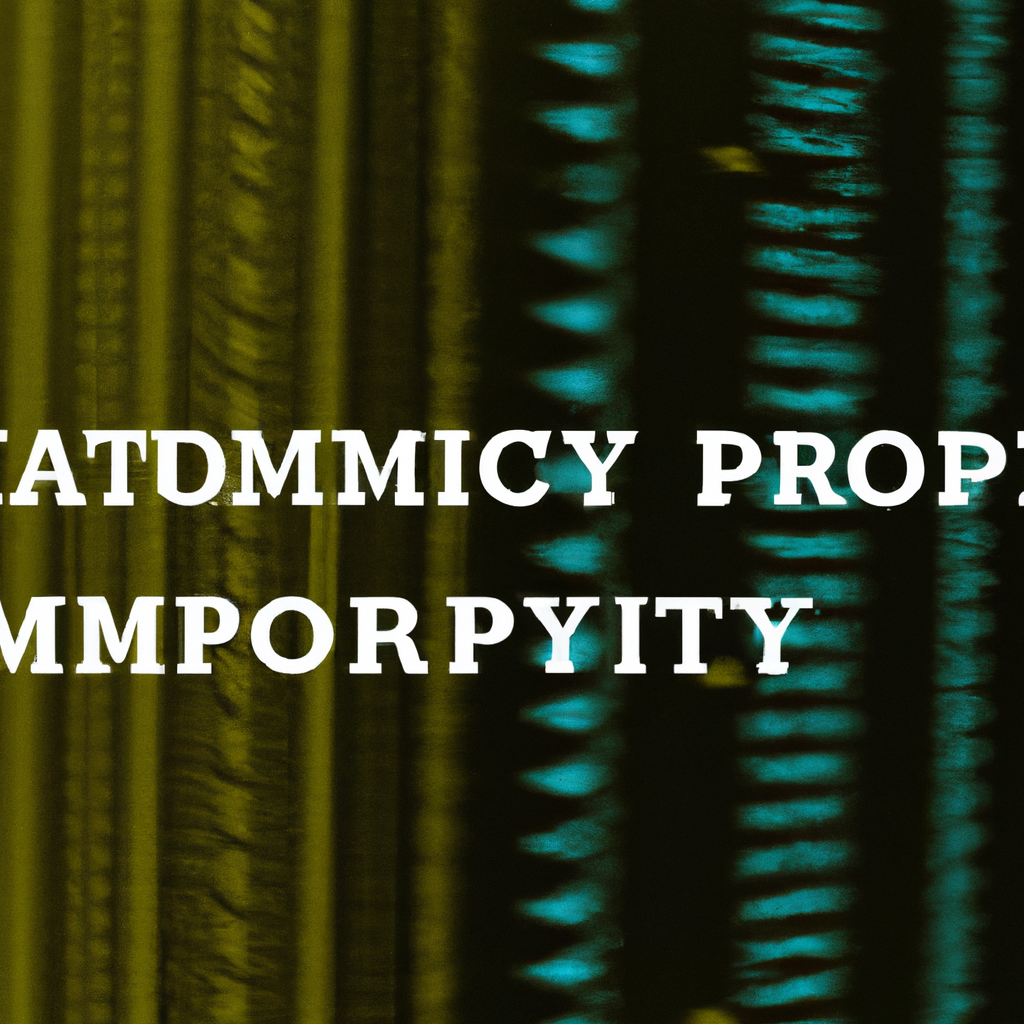Analyzing the Efficiency of Dynamic Programming Algorithms in Optimization Problems
Table of Contents
Analyzing the Efficiency of Dynamic Programming Algorithms in Optimization Problems
# Introduction
Dynamic programming is a powerful technique used to solve optimization problems by breaking them down into smaller, overlapping subproblems. This approach offers efficient solutions to a wide range of computational problems and has been extensively studied in the realm of computer science. In this article, we will delve into the efficiency analysis of dynamic programming algorithms in optimization problems, exploring both the classic and emerging trends in this field.
# Understanding Dynamic Programming
Dynamic programming is a method for solving complex problems by breaking them down into simpler subproblems and solving each subproblem only once. It is based on the principle of optimality, which states that an optimal solution to a problem contains optimal solutions to its subproblems.
The key idea behind dynamic programming is to store the solutions to subproblems in a table or array, often referred to as a memoization table, and reuse these solutions when needed. By avoiding redundant computations, dynamic programming algorithms can significantly enhance efficiency.
# Efficiency Analysis
To analyze the efficiency of dynamic programming algorithms, we primarily focus on two key factors: the time complexity and space complexity.
- Time Complexity
The time complexity of a dynamic programming algorithm is typically expressed in terms of the number of operations or comparisons performed. It provides an estimation of the running time as the input size grows.
Dynamic programming algorithms often exhibit a recursive structure, where the subproblems are solved in a hierarchical manner. The time complexity, in such cases, can be expressed as the total number of subproblems multiplied by the time required to solve each subproblem.
To analyze the time complexity, we consider the number of operations needed to solve each subproblem and the number of subproblems generated. By carefully designing the algorithm and identifying the recurrence relation between subproblems, we can derive an expression for the overall time complexity.
- Space Complexity
The space complexity of a dynamic programming algorithm refers to the amount of memory required to store the intermediate results and the memoization table.
The space complexity depends on the size of the input, the number of subproblems, and the amount of memory required to store the intermediate results. It is essential to analyze the space complexity to ensure that the algorithm does not consume excessive memory resources, especially when dealing with large-scale optimization problems.
# Classic Dynamic Programming Algorithms
Several classic dynamic programming algorithms have been extensively studied and widely used in various optimization problems. Let’s explore a few of these algorithms and their efficiency analysis.
- Fibonacci Sequence
The Fibonacci sequence is a classic example often used to introduce dynamic programming concepts. The problem involves finding the nth Fibonacci number, where each number is the sum of the two preceding ones.
By using dynamic programming, we can solve this problem efficiently. The time complexity of the dynamic programming solution for the Fibonacci sequence is O(n), where n is the index of the desired Fibonacci number.
- Knapsack Problem
The Knapsack problem is a well-known optimization problem in computer science, where a set of items with different weights and values must be packed into a knapsack with a limited weight capacity. The goal is to maximize the total value of the items in the knapsack.
Dynamic programming can be applied to solve the Knapsack problem efficiently. The time complexity of the dynamic programming solution is O(nW), where n is the number of items and W is the knapsack’s weight capacity.
# Emerging Trends in Dynamic Programming Efficiency Analysis
As technology advances, new trends in dynamic programming efficiency analysis have emerged. These trends aim to further enhance the performance of dynamic programming algorithms in solving optimization problems. Let’s explore a couple of these emerging trends:
- Parallelization
Parallelization is a technique that involves dividing a computational problem into smaller subproblems that can be solved concurrently. It leverages the power of multi-core processors and distributed computing systems to enhance the efficiency of dynamic programming algorithms.
By distributing the subproblems across multiple processors or machines, parallelization reduces the overall execution time. However, it also introduces additional complexities, such as synchronization and communication overheads. The efficiency analysis of parallelized dynamic programming algorithms involves considering both the speedup achieved and the overhead introduced.
- Approximation Algorithms
Approximation algorithms provide near-optimal solutions to optimization problems within a guaranteed error bound. In the context of dynamic programming, approximation algorithms aim to reduce the time complexity by sacrificing the accuracy of the solution.
By approximating the optimal solution using a simplified version of the problem, the time complexity can be significantly reduced. The efficiency analysis of approximation algorithms involves quantifying the trade-off between the running time and the quality of the solution.
# Conclusion
Dynamic programming algorithms have proven to be a powerful tool for solving optimization problems efficiently. By analyzing the efficiency of these algorithms in terms of time and space complexity, we can gain insights into their performance characteristics.
Classic dynamic programming algorithms like the Fibonacci sequence and the Knapsack problem have been extensively studied, providing a solid foundation for further research. Emerging trends in dynamic programming efficiency analysis, such as parallelization and approximation algorithms, aim to further enhance the performance of these algorithms in solving complex optimization problems.
As computer science continues to advance, the efficiency analysis of dynamic programming algorithms will play a crucial role in developing optimized solutions for various computational problems. By understanding the efficiency of these algorithms, we can make informed decisions when selecting the most suitable approach for solving optimization problems in practice.
# Conclusion
That its folks! Thank you for following up until here, and if you have any question or just want to chat, send me a message on GitHub of this project or an email. Am I doing it right?
https://github.com/lbenicio.github.io

